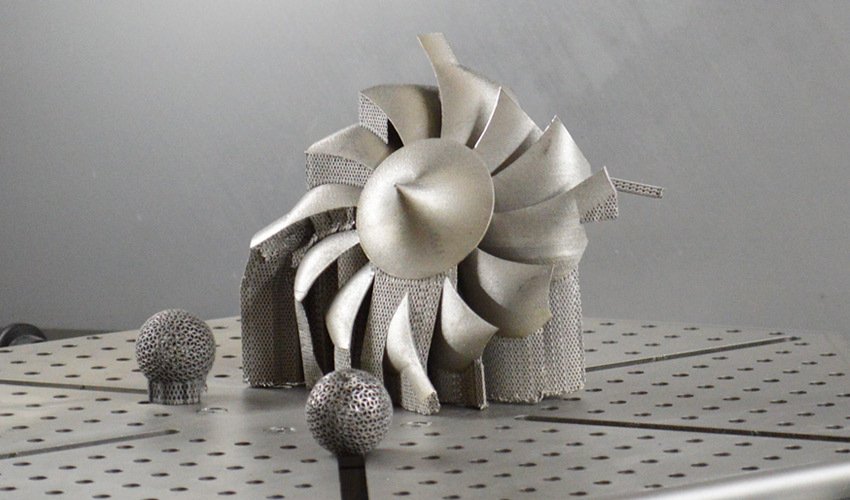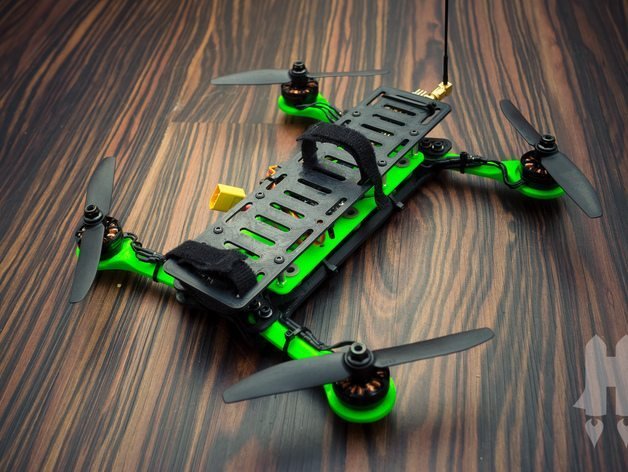3D printing is revolutionizing aerospace, crafting intricate, lightweight components once deemed impossible. This innovative technology, evolving from prototyping to essential manufacturing, is redefining industry standards and propelling aerospace into a new era of design and efficiency.
Pioneering Aerospace Applications of 3D Printing
3D printing is not just enhancing the aerospace industry; it’s redefining it. From engine components to full-scale prototypes, this technology is at the forefront of innovation.
Engine Components and Turbine Parts
In the heart of aerospace, 3D printing shines, particularly in crafting engine components and turbine parts. Take GE Aviation’s LEAP engine, for example, featuring 3D-printed fuel nozzles. These components are lighter, more durable, and more efficient than their traditionally manufactured counterparts, thanks to 3D printing with advanced materials like titanium and nickel alloys. These materials withstand extreme temperatures and stresses, making them ideal for aerospace demands.

Prototyping to Production
3D printing has dramatically accelerated the design process, allowing for rapid prototyping and iterative testing that slash development times and costs. Lockheed Martin’s use of 3D printing to create satellite components showcases this shift. What once took months to prototype now unfolds in weeks, streamlining the journey from concept to production. This capability doesn’t just speed up the process; it also enables more creative design solutions, pushing the boundaries of aerospace innovation.
Advantages of 3D Printing in Aerospace
Customization and Complex Geometries
- Complexity made simple: 3D printing’s forte is crafting intricate structures impossible for traditional methods, vital in aerospace where design precision is crucial.
- Lightweight yet strong: Aerospace components, like Airbus’s 3D-printed cabin brackets, leverage complex geometries to reduce weight without sacrificing strength, crucial for fuel efficiency and performance.
Cost-Effective and Time-Saving

- Reduced material waste: Unlike subtractive manufacturing, 3D printing adds material layer by layer, significantly minimizing waste.
- Faster from concept to flight: Accelerated design and testing phases lead to quicker production cycles. For example, Boeing’s integration of 3D-printed titanium in the 787 Dreamliner cuts both costs and time, streamlining the manufacturing process and boosting efficiency.
Cutting-Edge Technologies in 3D Printing for Aerospace
The aerospace industry’s adoption of 3D printing is not just about using new tools but also about leveraging cutting-edge technologies to push the boundaries of what’s possible.
Metal 3D Printing
- Versatile and robust: Metal 3D printing, involving technologies like Direct Metal Laser Sintering (DMLS) and Electron Beam Melting (EBM), allows for the creation of parts that are both complex and robust, ideal for the high-stress environment of aerospace.
- Material advantage: This technology utilizes alloys like titanium, stainless steel, and Inconel, which are known for their strength, lightweight, and resistance to extreme conditions, making them perfect for aerospace components.
Advances in Composite Materials
- Beyond metals: The frontier of 3D printing in aerospace extends to composite materials, which combine different substances to achieve superior properties.
- Tailored performance: Innovations in composite 3D printing enable the production of parts with tailored properties, such as enhanced strength, reduced weight, and increased resistance to heat and corrosion.
Challenges and Future Directions
Technical Challenges
- Strength and Durability: Aerospace components must withstand extreme forces and environments, posing a significant challenge for 3D-printed parts. Ensuring they meet the rigorous strength and durability standards is paramount.
- Certification: The certification process for aerospace components is stringent. 3D-printed parts must undergo rigorous testing to comply with these standards, which can be time-consuming and costly.

Future Trends and Research in 3D Printing Aerospace
- Material Innovation: The development of new materials that can withstand the harsh conditions of aerospace environments is a key research area. These materials need to offer better strength, heat resistance, and durability.
- Process Improvement: Enhancing the precision, efficiency, and reliability of 3D printing processes to produce parts that are consistently up to aerospace standards.
- Integrated Electronics: Research is leaning towards the integration of electronics into 3D-printed components, paving the way for more advanced, multifunctional aerospace parts.
Conclusion
3D printing in aerospace has transcended prototyping, becoming integral in manufacturing complex, efficient components. This evolution signifies a major leap in design and production, continually reshaping the industry’s landscape.
Picture Credits –
https://www.3dnatives.com/en/3d-printing-aeronautics-010320184/
https://3dprintingindustry.com/news/10-3d-printed-drones-84247/






